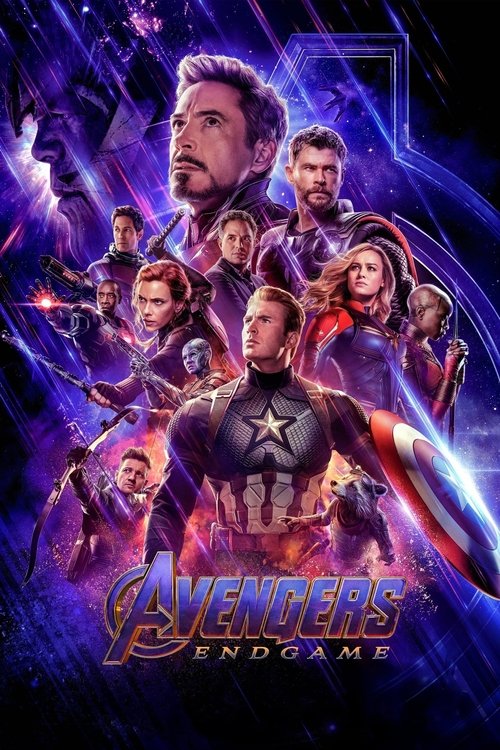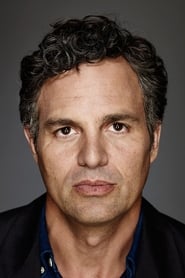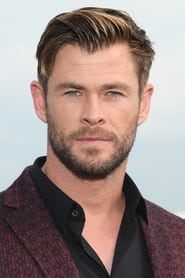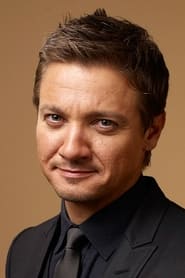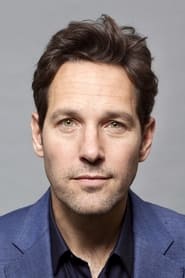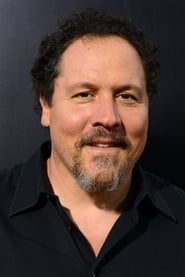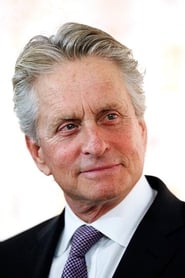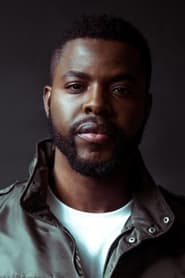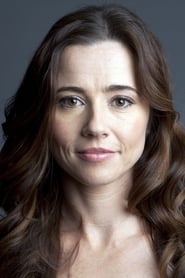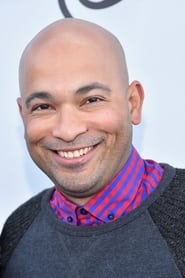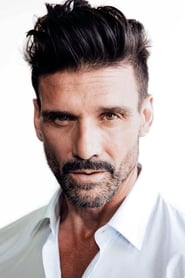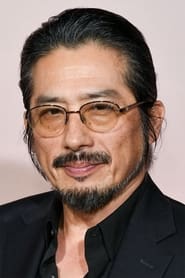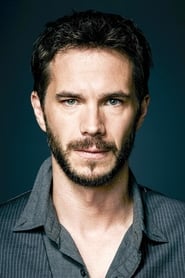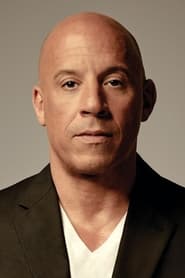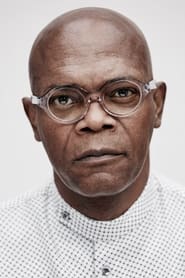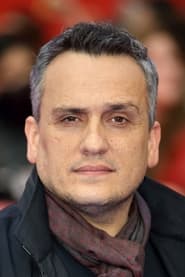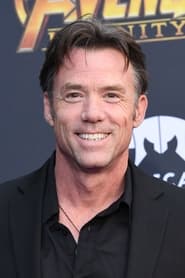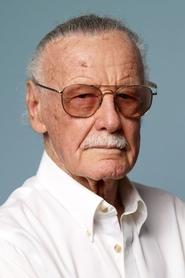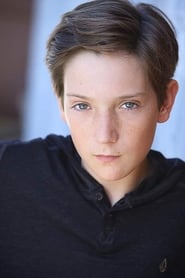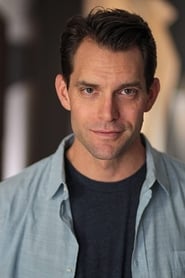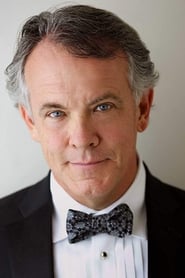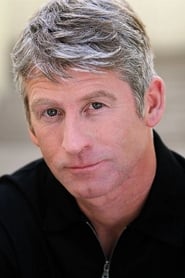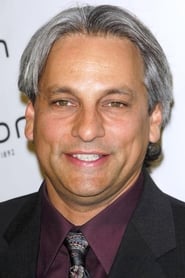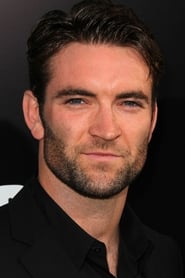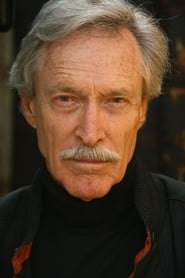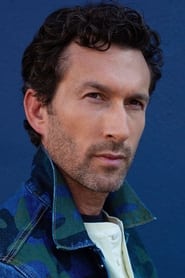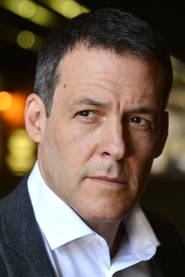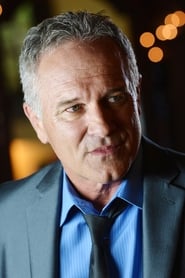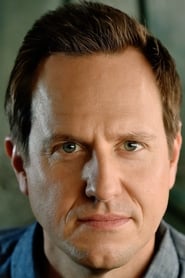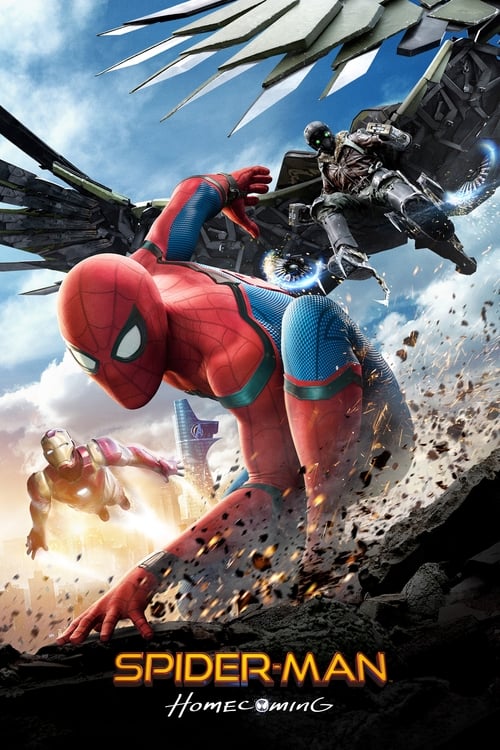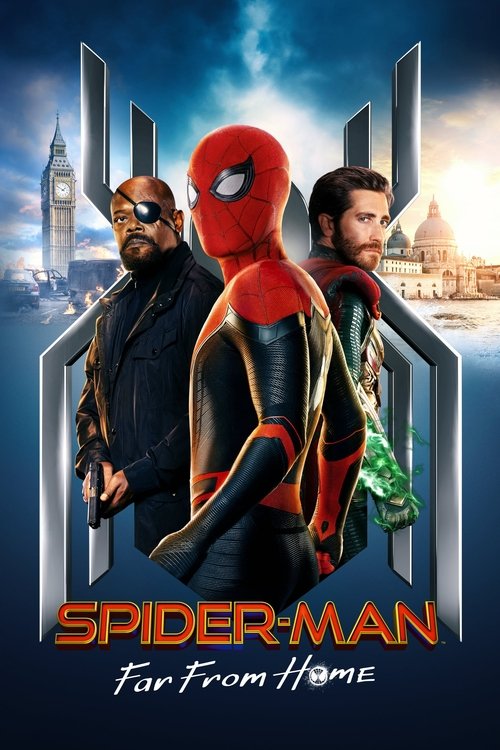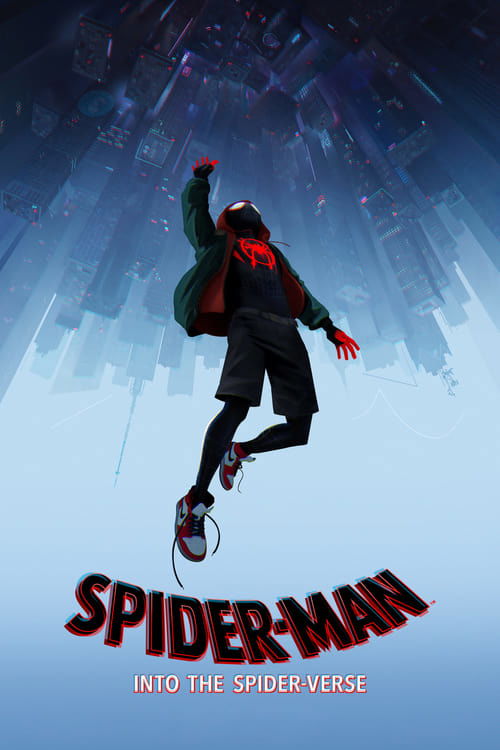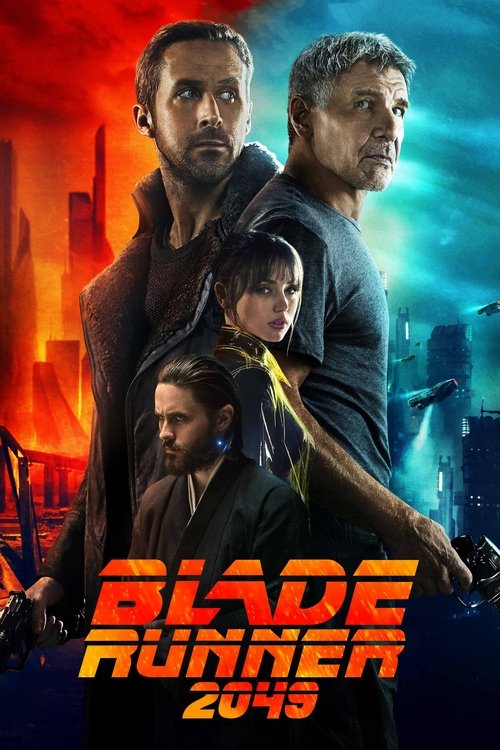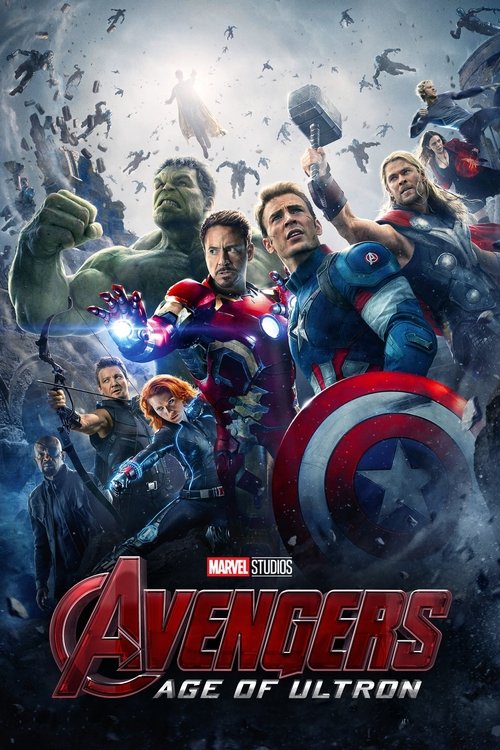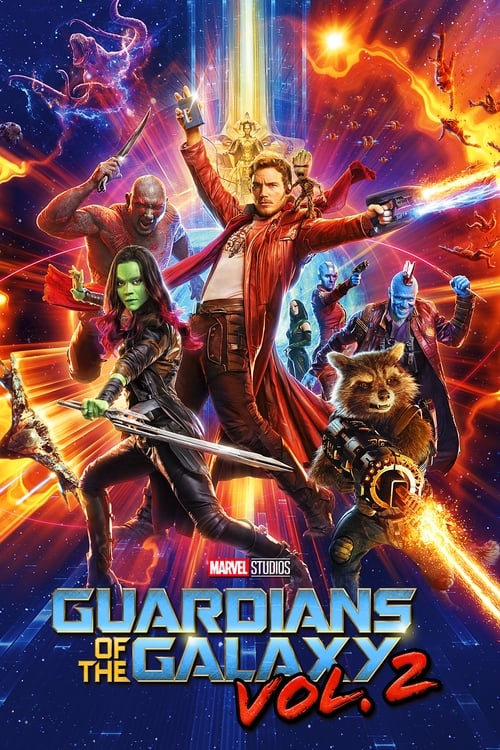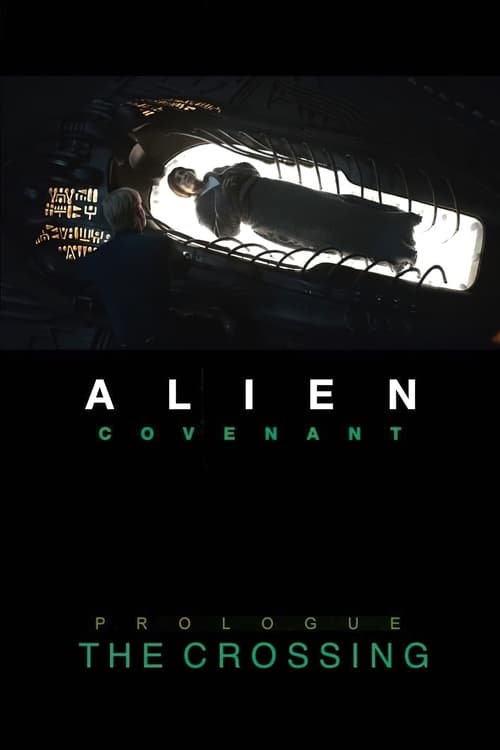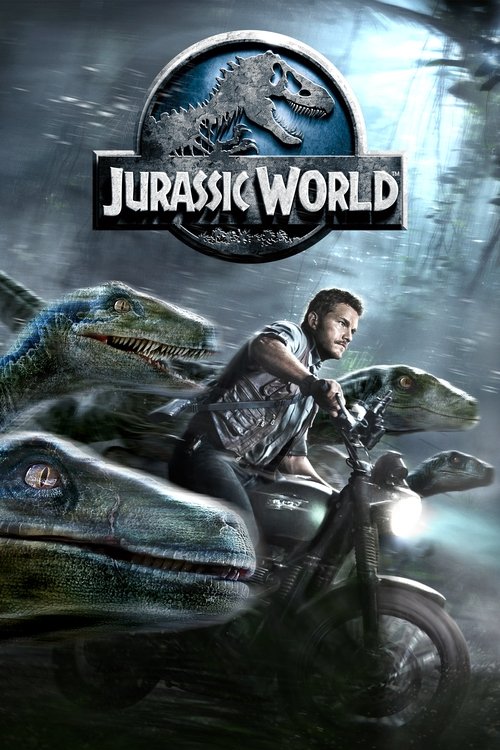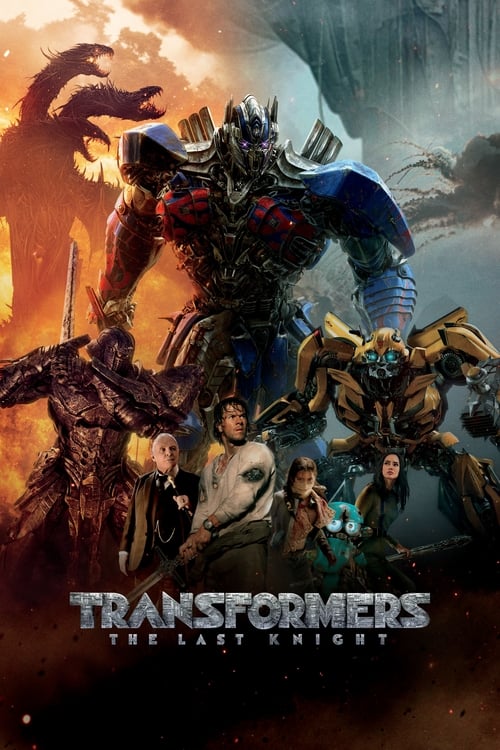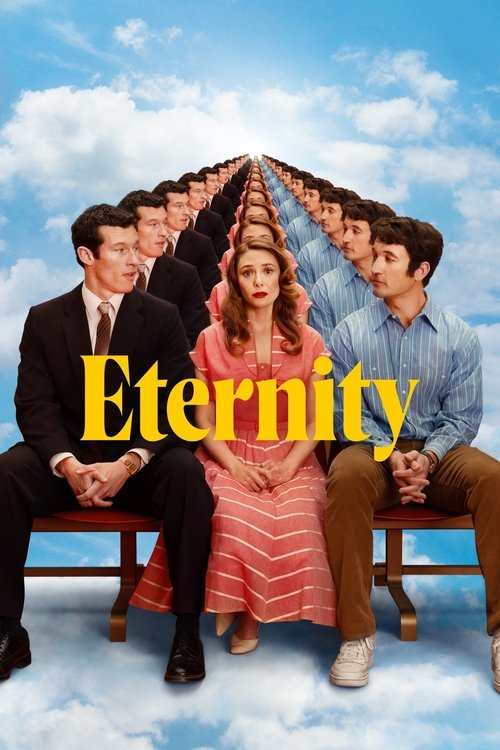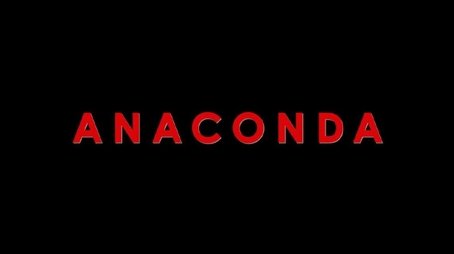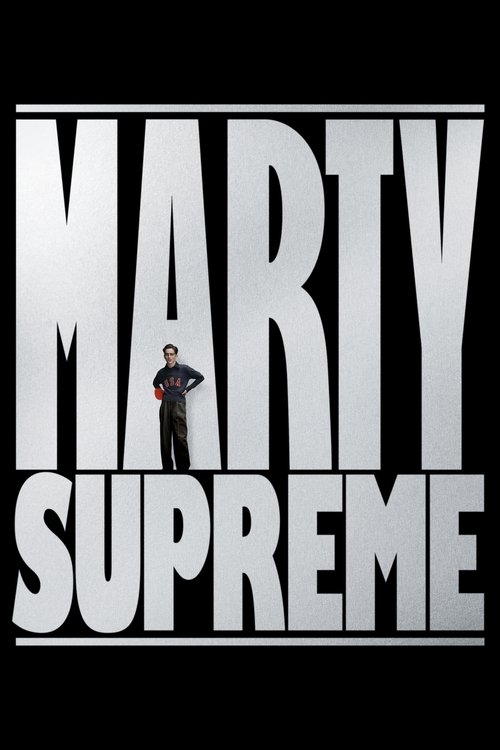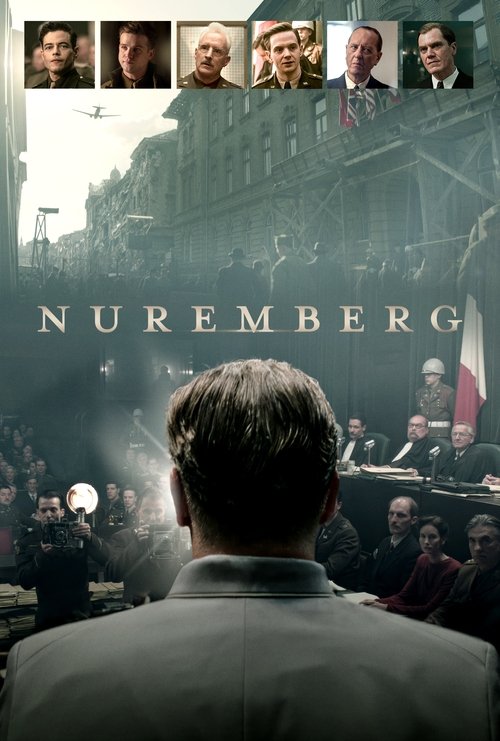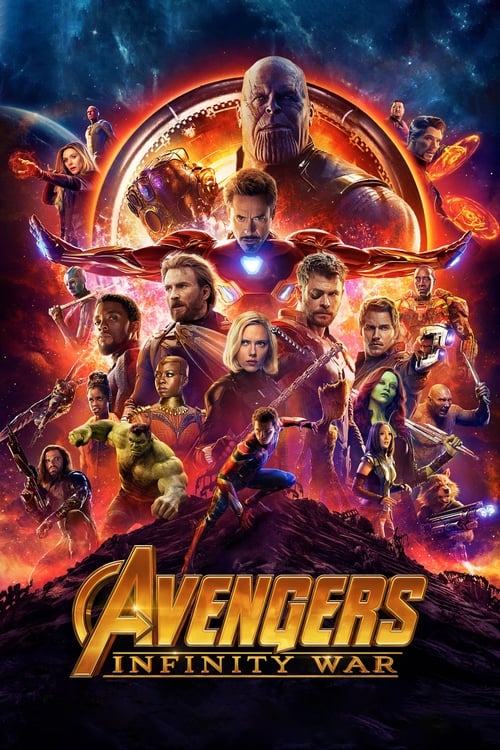
Ask Your Own Question
What is the plot?
Avengers: Endgame opens in a quiet, sunlit farm where Clint Barton, known as Hawkeye, is teaching his young daughter archery. The moment is serene until the world shudders--half of all life begins to vanish. Clint's wife and children dissolve into dust before his horrified eyes, leaving him utterly alone in a sudden, devastating silence. This is the immediate aftermath of Thanos's Snap, the catastrophic event that erased half the universe's population, setting the tone of loss and grief that permeates the film.
The scene abruptly shifts to the cold vastness of space aboard the Guardians' ship, the Benatar. Tony Stark, Iron Man, and Nebula are stranded, their oxygen running perilously low. Tony, weakened and resigned, records a heartfelt message for Pepper Potts, confessing his love and fears. His voice cracks with emotion as he prepares for the end. Just as hope seems lost, Captain Marvel, Carol Danvers, bursts onto the scene, rescuing them and bringing them back to Earth, where the remaining Avengers have gathered at their compound.
At the Avengers Compound, the survivors are a fractured group, each bearing the weight of their failure and loss. Steve Rogers, Captain America, stands as a leader, his face etched with the burden of responsibility. Natasha Romanoff, Black Widow, coordinates efforts to locate Thanos, while Bruce Banner struggles with his inability to transform fully into the Hulk. Thor, once a mighty god, is broken and despondent, having gained weight and fallen into alcoholism after failing to stop Thanos. Rocket mourns the loss of his Guardians family. James Rhodes and Nebula join the group, the latter providing crucial intelligence about Thanos's whereabouts. Carol Danvers urges immediate retaliation, but the team is paralyzed by grief and division. Tony Stark, exhausted and bitter, lashes out at Steve, blaming him for their defeat before collapsing in despair.
The Avengers soon discover that Thanos has destroyed the Infinity Stones to prevent any reversal of his actions. This revelation shatters their hope of undoing the Snap by conventional means. Yet, in a spark of inspiration, they conceive a daring plan: to travel back through time using the Quantum Realm and retrieve the Stones from various points in the past, thus restoring the universe without relying on the destroyed Stones of the present.
This "Time Heist" splits the Avengers into teams, each tasked with retrieving specific Stones from critical moments in history. In 2012 New York, during the Battle of New York, Tony Stark, Steve Rogers, Bruce Banner, and Scott Lang (Ant-Man) infiltrate the chaos to secure the Mind Stone from Loki's scepter, the Space Stone from the Tesseract, and the Time Stone from Doctor Strange. The mission is tense and fraught with danger, especially when Loki seizes the Tesseract and escapes, creating a new timeline divergence.
Meanwhile, Thor and Rocket travel to Asgard in 2013 to retrieve the Reality Stone, then known as the Aether, from Jane Foster. Thor confronts his past self and, in a deeply emotional moment, speaks with his mother, Frigga, who offers him comfort and wisdom, reminding him of his worth beyond his failures. Thor's encounter rekindles his resolve, and he embraces his identity anew.
In 2014, Nebula and James Rhodes journey to Morag to seize the Power Stone before Star-Lord can claim it. Simultaneously, Natasha Romanoff and Clint Barton travel to Vormir, a desolate cliffside planet where the Soul Stone is hidden. There, they face a grim revelation: the Soul Stone demands a sacrifice of someone the seeker loves. A fierce struggle ensues between Natasha and Clint, each willing to die for the other. Ultimately, Natasha sacrifices herself, leaping from the cliff to secure the Stone for the team. Clint's anguished scream echoes as he clutches the Soul Stone, the weight of her loss sinking deep.
Upon returning to the present, the Avengers assemble the Stones into a newly forged Nano Gauntlet, crafted by Tony Stark, Bruce Banner, and Rocket. Banner, whose gamma radiation resistance allows him to wield the Stones with less harm, snaps his fingers, bringing back everyone who vanished in the Snap. The universe breathes again as dusted heroes and civilians alike reappear, their return greeted with tears and cheers.
But the victory is short-lived. The 2014 version of Nebula, having infiltrated the present, reveals the Avengers' plan to her past self and Thanos. The past Thanos, now aware of the future, launches an assault on the present, arriving with his massive warship and army to seize the Stones and remake the universe on his own terms.
The Avengers Compound becomes the battlefield for an epic confrontation. Thanos's forces clash with the restored Avengers, the Guardians of the Galaxy, sorcerers led by Doctor Strange, the armies of Wakanda and Asgard, and the Ravagers. The sky darkens with explosions and magic as heroes fall and rise. Captain Marvel arrives, destroying Thanos's warship, but Thanos himself overpowers her, seizing the Nano Gauntlet.
In the film's climactic moment, Tony Stark confronts Thanos. The battle is fierce and desperate. Thanos attempts to snap away the heroes, but Tony cunningly transfers the Stones to his own armor. With a grim smile, he utters the words, "I am Iron Man," and snaps his fingers. A blinding surge of energy erupts, disintegrating Thanos and his entire army. The cost is fatal; Tony collapses, mortally wounded by the immense power he wielded. His final moments are tender as he looks to Pepper, whispering his love before slipping away.
The aftermath is somber yet hopeful. Tony Stark's funeral brings together all the heroes and allies, a poignant tribute to the man who saved the universe at the cost of his life. Pepper Potts's words, "Proof that Tony Stark has a heart," resonate deeply, honoring his legacy.
Thor, changed by the battle and his losses, appoints Valkyrie as the new ruler of New Asgard, entrusting her with the future of his people. He then joins the Guardians of the Galaxy, setting off for new adventures among the stars.
Steve Rogers, tasked with returning the Infinity Stones and Mjolnir to their original timelines to preserve the flow of history, chooses a different path. He remains in the past, living a full life with Peggy Carter. Decades later, he reappears as an elderly man, passing his shield and mantle to Sam Wilson, the Falcon, symbolizing the continuation of the Captain America legacy.
Thus, Avengers: Endgame concludes with the original Avengers' stories brought to a close, their sacrifices and victories etched into the fabric of the universe. The film's final scenes blend the weight of loss with the promise of new beginnings, a testament to heroism, friendship, and the enduring spirit of hope.
More Movies Like This
Browse All Movies →
What is the ending?
At the end of Avengers: Endgame, the remaining Avengers confront Thanos in a final battle to reclaim the Infinity Stones and undo the snap that wiped out half of all life in the universe. Iron Man sacrifices himself to use the Infinity Stones to defeat Thanos and his army. After the battle, Captain America returns the stones to their rightful places in time but chooses to stay in the past to live a life with Peggy Carter. He passes his shield to Falcon, symbolizing the next generation of heroes. The film concludes with a poignant farewell to Iron Man and a sense of hope for the future.
As the climactic battle unfolds, the scene is set on a desolate battlefield where the remaining Avengers--Iron Man, Captain America, Thor, Black Widow, Hulk, and Hawkeye--face off against Thanos and his army. The air is thick with tension, and the stakes are higher than ever. The Avengers are determined to reclaim the Infinity Stones and reverse the catastrophic effects of Thanos's snap.
The battle begins with a fierce exchange of blows. Thor, wielding Stormbreaker, unleashes his power, while Captain America fights valiantly, showcasing his unwavering resolve. Iron Man, with his advanced technology, provides aerial support, launching missiles and engaging in combat with the Chitauri forces. The emotional weight of the moment is palpable as each Avenger fights not just for their own survival but for the lives of those they lost.
As the battle rages on, the tide turns when Doctor Strange, who had previously glimpsed over 14 million possible futures, signals Iron Man that this is the one chance they have to win. In a moment of clarity, Iron Man realizes that the only way to defeat Thanos is to wield the Infinity Stones himself. He makes the ultimate sacrifice, using the stones to obliterate Thanos and his army. The sheer power of the stones takes a toll on him, and as he collapses, the emotional weight of his sacrifice is felt by all. The camera lingers on his face, capturing the pain and relief as he whispers, "I am Iron Man," before succumbing to the injuries caused by the stones.
In the aftermath of the battle, the remaining Avengers gather to mourn their fallen friend. The scene is somber, filled with a sense of loss and reflection. They hold a funeral for Tony Stark, where friends and family pay their respects. The camera pans over the faces of those who loved him, highlighting the impact he had on their lives.
Meanwhile, Captain America is tasked with returning the Infinity Stones to their rightful places in time to prevent further chaos. He embarks on this mission, and as he travels through time, he reflects on his past and the sacrifices made by his fellow heroes. The emotional weight of his journey is evident as he revisits key moments in his life, including a poignant encounter with Peggy Carter.
In a surprising twist, Captain America chooses to remain in the past, finally seizing the opportunity to live a life with Peggy. The scene shifts to an older Steve Rogers sitting on a bench, a content smile on his face as he watches the world around him. He passes his shield to Sam Wilson, the Falcon, symbolizing the passing of the torch to a new generation of heroes. This moment encapsulates the themes of legacy and hope, as Sam prepares to take on the mantle of Captain America.
The film concludes with a sense of closure and new beginnings. The remaining Avengers go their separate ways, each carrying the weight of their experiences but also the hope for a brighter future. The final shot lingers on the empty field where the battle took place, a testament to the sacrifices made and the enduring spirit of the Avengers. The screen fades to black, leaving the audience with a profound sense of both loss and hope, encapsulating the journey of these beloved characters.
Is there a post-credit scene?
Yes, "Avengers: Endgame" features a post-credit scene, but it is quite different from typical Marvel post-credit scenes that often tease future films or characters.
As the credits roll, the screen fades to black, and the audience is met with the sound of metal clanging. This sound is reminiscent of the hammering of iron, specifically a callback to Tony Stark's early days as Iron Man. The scene reveals a workshop where Tony Stark, played by Robert Downey Jr., is seen in his garage, working on his first suit. The camera captures the essence of his journey, showcasing the raw determination and creativity that defined his character throughout the series.
The scene serves as a poignant reminder of Stark's origins, emphasizing his growth from a self-centered billionaire to a selfless hero. It encapsulates the spirit of innovation and sacrifice that has been a hallmark of his character arc. The sound of the hammering continues, echoing the legacy he leaves behind, and ultimately fades out, leaving the audience with a sense of closure and reflection on the journey of the Avengers.
This post-credit scene is not a setup for future films but rather a tribute to Tony Stark's character and the impact he had on the Marvel Cinematic Universe, resonating with themes of sacrifice, legacy, and the enduring spirit of heroism.
What happens to Iron Man in Avengers: Endgame?
In Avengers: Endgame, Tony Stark, also known as Iron Man, plays a crucial role in the final battle against Thanos. After the Avengers successfully gather the Infinity Stones from different points in time, they create a new Infinity Gauntlet. During the climactic battle, Tony wields the Gauntlet to snap Thanos and his army out of existence. However, the immense power of the stones takes a toll on his body, leading to his death shortly after the snap. His sacrifice is a poignant moment, showcasing his growth from a self-centered billionaire to a selfless hero.
How does Captain America return the Infinity Stones?
After the Avengers execute their time heist to retrieve the Infinity Stones from various points in the past, Captain America, also known as Steve Rogers, is tasked with returning them to their original timelines. In a heartfelt scene, he travels back to the 1970s to return the Space Stone and later visits Asgard to return the Reality Stone. His final stop is in 1945, where he returns the Soul Stone to its rightful place. However, instead of returning to the present, Steve decides to stay in the past to live a life with Peggy Carter, ultimately passing on his shield to Sam Wilson, signifying a new legacy.
What is the significance of Black Widow's sacrifice?
In Avengers: Endgame, Natasha Romanoff, known as Black Widow, makes a profound sacrifice to obtain the Soul Stone. During the mission to retrieve the stone from Vormir, she and Hawkeye, her close friend, discover that one of them must die for the other to succeed. In a heart-wrenching moment, Natasha chooses to sacrifice herself, leaping off the cliff to allow Clint to obtain the stone. This act not only highlights her bravery and commitment to the team but also serves as a pivotal emotional moment in the film, showcasing the depth of her character and her desire to atone for her past.
How does Thor cope with his failure after the snap?
In Avengers: Endgame, Thor is depicted as deeply affected by his failure to stop Thanos during the events of Infinity War. He struggles with feelings of guilt and inadequacy, leading to a drastic change in his appearance and lifestyle. When the Avengers regroup, Thor is shown to have gained significant weight and is living in isolation, drinking heavily and avoiding his responsibilities. His internal conflict is palpable as he grapples with his identity as a hero. However, throughout the film, he begins to reclaim his sense of purpose, especially during the final battle, where he wields both Mjolnir and Stormbreaker, ultimately embracing his role as a leader and hero once again.
What role does the Hulk play in Avengers: Endgame?
In Avengers: Endgame, Bruce Banner, who has merged with the Hulk to become 'Professor Hulk,' plays a vital role in the Avengers' plan to reverse Thanos' snap. This new incarnation of Hulk is a blend of Banner's intellect and the Hulk's strength, allowing him to wield the Infinity Gauntlet. During the climactic moment, he uses the Gauntlet to snap everyone back into existence, showcasing his growth and acceptance of both sides of his identity. The physical toll of using the Gauntlet, however, leaves him injured, emphasizing the sacrifice he makes for the team. His character arc reflects themes of acceptance and the importance of teamwork.
Is this family friendly?
"Avengers: Endgame" is generally considered suitable for older children and families, but it does contain some scenes that may be objectionable or upsetting for younger viewers or sensitive individuals. Here are some aspects to consider:
-
Intense Action Sequences: The film features numerous battle scenes with significant violence, including explosions, hand-to-hand combat, and the use of weapons. While not excessively graphic, the intensity may be overwhelming for some children.
-
Death and Loss: The film deals heavily with themes of loss and grief, as many characters mourn the deaths of loved ones. There are emotional moments that depict characters in deep sorrow, which could be distressing.
-
Dark Themes: The overarching narrative includes themes of despair, hopelessness, and the consequences of failure, which may be heavy for younger audiences to process.
-
Mature Language: There are instances of mild profanity and suggestive humor that may not be appropriate for all children.
-
Emotional Turmoil: Characters experience significant emotional struggles, including moments of despair, anger, and regret, which may resonate deeply and evoke strong feelings.
-
Scary Imagery: Some visual effects and character designs, particularly those involving villains or the aftermath of battles, may be frightening for younger viewers.
Parents may want to consider these elements when deciding if the film is appropriate for their children.

